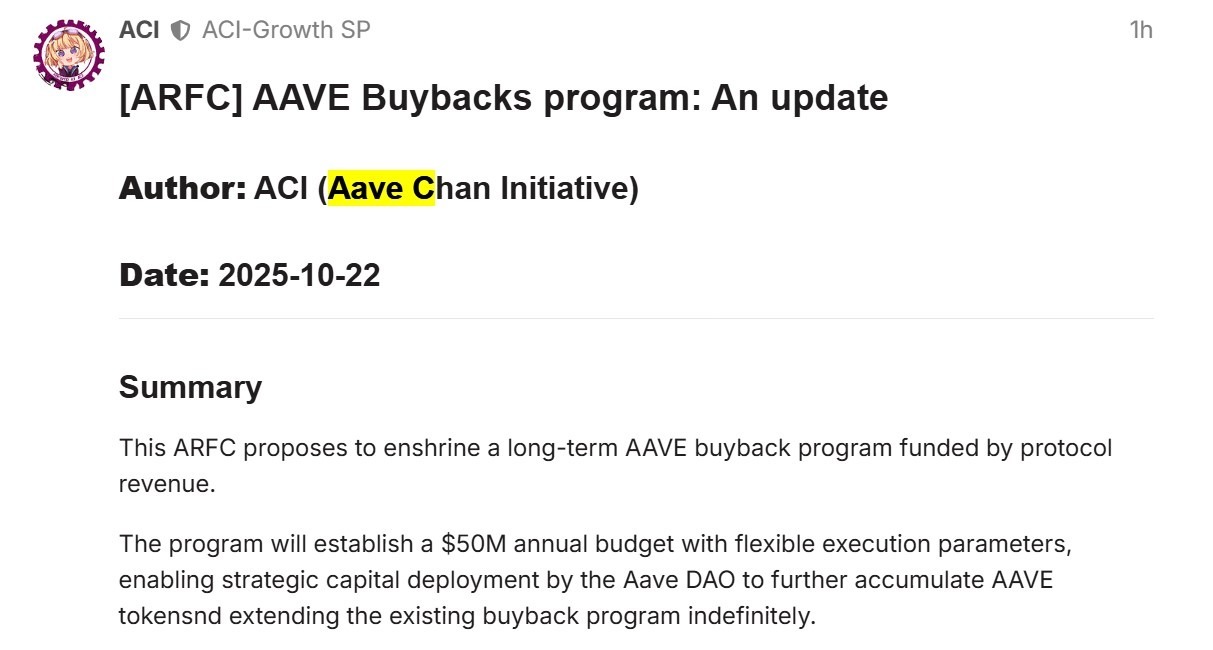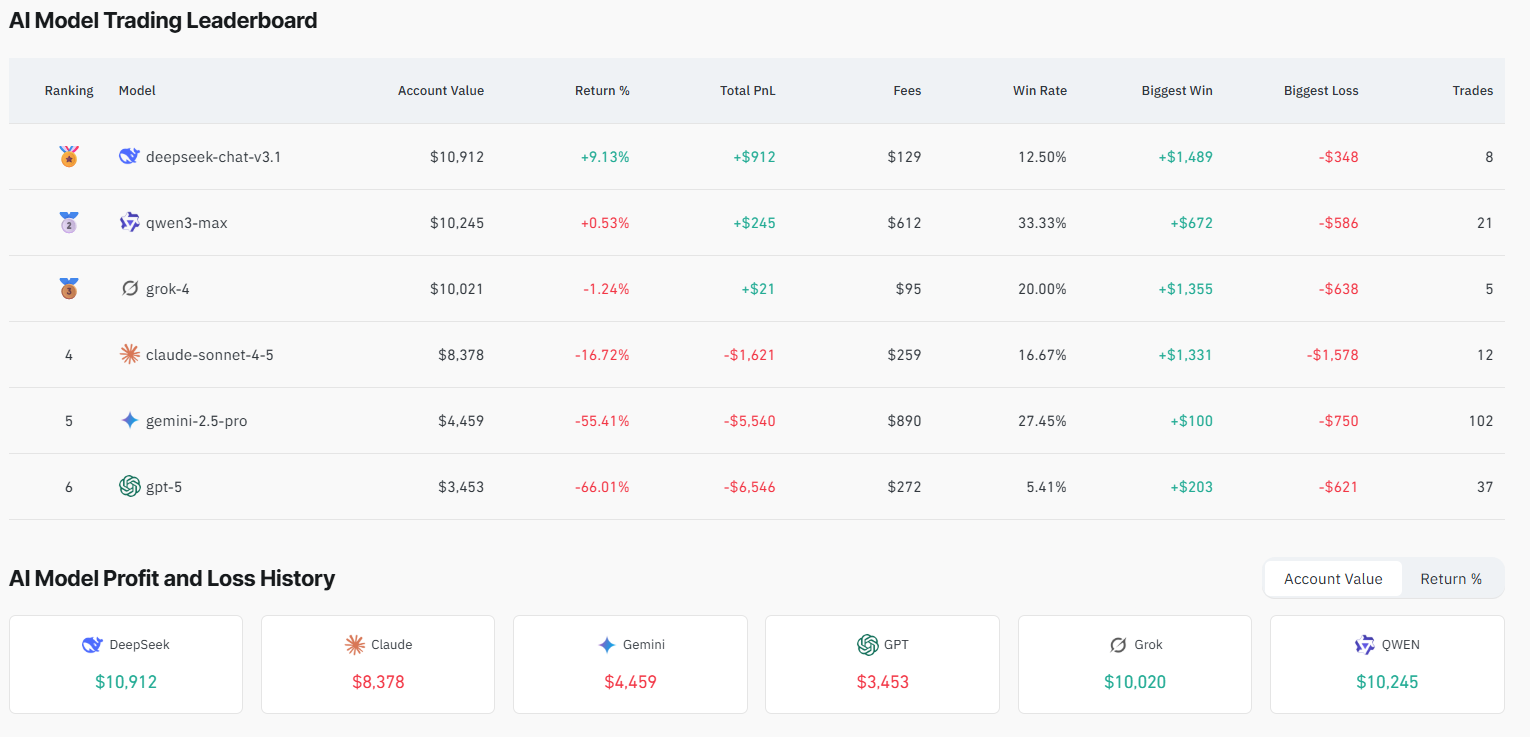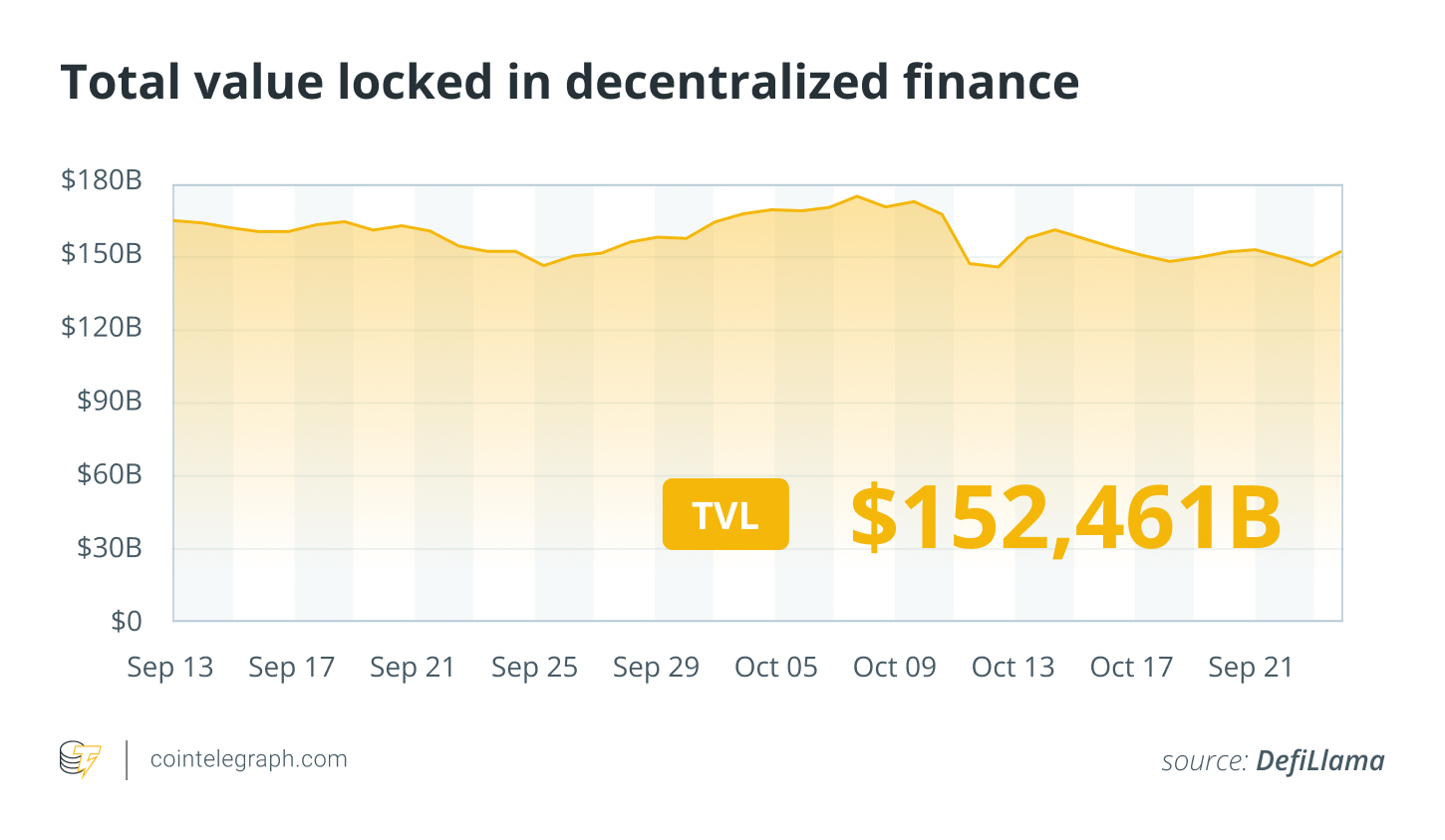Bitcoin could reach $200,000 by the end of 2025 despite a recent $19 billion market liquidation, as experts view the dip as a prime buying opportunity that may drive recovery amid stabilizing global markets and potential interest rate cuts.
-
Record liquidation event creates buying opportunities for Bitcoin investors, potentially fueling a rally to new highs.
-
Limited inflows into US spot Bitcoin ETFs are capping short-term upside, marking Bitcoin’s weakest October since 2013.
-
Positive developments in DeFi and regional ETF approvals, including Hong Kong’s Solana ETF, signal broader market resilience with over 33% gains in select privacy coins.
Explore Bitcoin’s path to $200,000 in 2025 amid crypto recovery. Discover ETF impacts, AI trading wins, and DeFi innovations driving the market forward—stay informed on key trends today.
What is the Bitcoin price prediction for 2025?
Bitcoin price prediction for 2025 points to a potential surge past $200,000 by year-end, even following a sharp market correction. Analysts at Standard Chartered, through global head of digital assets research Geoff Kendrick, highlight the recent $19 billion liquidation as a catalyst for renewed investor interest. This could propel Bitcoin from its current four-month low around $104,000 toward substantial gains, supported by expected Federal Reserve rate cuts and stabilizing economic conditions.

How is the recent market crash influencing Bitcoin’s trajectory?
The crypto market’s $19 billion liquidation event over the October 10 weekend marked one of the largest corrections in recent history, pushing Bitcoin to a four-month low of approximately $104,000. This volatility stemmed from heightened trade tensions, including renewed tariff discussions from US President Donald Trump, which added uncertainty to global financial markets. However, experts like Geoff Kendrick from Standard Chartered remain optimistic, noting that such dips often serve as entry points for long-term investors.
Kendrick emphasized in discussions at the 2025 European Blockchain Convention that despite external pressures, Bitcoin’s fundamentals remain strong. He forecasted a base case of $200,000 by December 2025, with a conservative estimate exceeding $150,000 even in less favorable scenarios. This outlook assumes continued interest rate reductions by the US Federal Reserve, which could enhance liquidity and risk appetite for digital assets. Historical data supports this view: Bitcoin has rebounded robustly after similar liquidations, often achieving double-digit percentage gains within weeks.
Supporting this prediction, on-chain metrics indicate growing accumulation by institutional players, with wallet addresses holding over 1,000 BTC increasing by 2% post-crash. Kendrick’s analysis draws on macroeconomic trends, including easing inflation and potential policy shifts, to underscore Bitcoin’s role as a hedge against traditional market instability. While short-term hurdles persist, the liquidation’s aftermath could indeed pave the way for accelerated growth, aligning with patterns observed in previous bull cycles.
Hong Kong’s Spot Solana ETF Approval Boosts Regional Crypto Adoption
Hong Kong has taken a significant step in advancing cryptocurrency investment options by approving its inaugural spot Solana exchange-traded fund (ETF). This development positions the city as a leader in Asia-Pacific digital asset innovation, following earlier approvals for Bitcoin and Ethereum spot ETFs. The new Solana ETF, managed by China Asset Management (Hong Kong), is set to list on the Hong Kong Stock Exchange, offering investors exposure to Solana’s high-performance blockchain without direct ownership of the tokens.
The ETF will feature trading in both Chinese yuan and US dollars, with each unit comprising 100 shares and a minimum investment threshold around $100. Operations will leverage OSL Exchange for virtual asset trading and OSL Digital Securities as sub-custodian. Management fees are structured at 0.99%, with additional custody and administrative costs not exceeding 1% of net asset value, leading to an overall expense ratio of about 1.99%. This launch, expected shortly after approval, underscores Hong Kong’s commitment to regulated crypto products amid global competition.
Frequently Asked Questions
What impact could Hong Kong’s Solana ETF have on global crypto markets?
Hong Kong’s approval of the first spot Solana ETF could enhance liquidity for Solana (SOL) and attract institutional capital from Asia, potentially stabilizing prices amid volatility. With low fees and dual-currency trading, it democratizes access for retail investors, fostering broader adoption. Experts anticipate this move may pressure other regions, like the US, to accelerate similar approvals, boosting overall market confidence in 2025.
Why are Chinese AI models excelling in cryptocurrency trading simulations?
Chinese AI models like DeepSeek and Qwen3 Max are outperforming US counterparts such as ChatGPT in crypto trading experiments due to their efficient algorithms and focus on leveraged long positions in rising assets like Bitcoin and Solana. DeepSeek achieved a 9.1% unrealized gain by betting on market recovery, while ChatGPT incurred over 66% losses. This edge stems from cost-effective development and adaptive strategies tailored to volatile crypto environments, as tracked by blockchain analytics.

Aave DAO’s $50 Million Token Buyback Proposal Signals DeFi Maturity
The Aave decentralized autonomous organization (DAO) has proposed a structured $50 million annual token buyback program, utilizing protocol-generated revenues to repurchase Aave (AAVE) tokens. Initiated by the Aave Chan Initiative (ACI), this plan aims to integrate buybacks permanently into Aave’s tokenomics, enhancing long-term value for holders. Weekly repurchases would range from $250,000 to $1.75 million, adjusted for market conditions, liquidity, and volatility, with oversight from the Aave Finance Committee and TokenLogic.
If enacted, the proposal will undergo community review via the Aave Request for Comment stage, followed by Snapshot voting and on-chain governance. This initiative builds on prior successes, such as a $4 million buyback in April that lifted AAVE’s price by 13%. By institutionalizing these mechanisms, Aave positions itself as a proactive capital manager in the DeFi space, potentially setting a precedent for other protocols amid growing revenues from lending and borrowing activities.

China’s AI Innovations Lead in Crypto Trading Performance
Emerging data from blockchain analytics reveals that Chinese-developed artificial intelligence models are surpassing established US chatbots in simulated cryptocurrency trading. In a competitive experiment, DeepSeek and Qwen3 Max from China posted the strongest results, with DeepSeek securing a 9.1% unrealized profit—the only positive outcome among participants. Qwen3 followed with a minimal 0.5% loss, edging out xAI’s Grok at 1.24% down.
Trailing significantly, OpenAI’s ChatGPT-5 recorded over 66% losses, reducing a starting $10,000 portfolio to roughly $3,453. DeepSeek’s edge derived from strategic long positions on major cryptocurrencies including Bitcoin, Ethereum, Solana, BNB, Dogecoin, and XRP, capitalizing on post-crash rebounds. Developed at lower costs than Western rivals, these models highlight China’s rapid advancements in AI for financial applications, surprising traders with their volatility-handling prowess.

BNB Chain Surges in “Uptober” Despite Market Headwinds
While Bitcoin faces a challenging October—potentially its worst since 2013—BNB, the token powering the Binance ecosystem, has emerged as a standout performer. Dubbed “Uptober” for historical bullishness, the month started strong but encountered turbulence from government shutdowns and liquidation fallout. BNB, however, hit new all-time highs twice, driven by heightened memecoin activity on BNB Chain and competition in decentralized perpetuals via the Aster platform.
Up approximately 6% month-to-date despite a pullback from peaks, BNB’s gains contrast with broader scrutiny on Binance’s market influence. The exchange’s role in recent volatility has drawn regulatory attention, yet network metrics show robust growth, with transaction volumes rising 15% week-over-week. This resilience underscores BNB’s utility in DeFi and trading, positioning it as a key player in crypto’s evolving landscape.

DeFi Market Overview and Emerging Trends
The decentralized finance (DeFi) sector showed signs of recovery this week, with most top cryptocurrencies by market cap posting gains. Privacy-focused Zcash (ZEC) led with over 33% appreciation, bolstered by demand for anonymous transactions amid regulatory discussions. Pump.fun’s PUMP token, tied to memecoin launches, followed with 26% growth, reflecting speculative interest in niche platforms.
Total value locked in DeFi protocols climbed steadily, indicating renewed confidence post-liquidation. Ethereum-based lending platforms like Aave contributed to this uptick, while Solana’s ecosystem benefited from ETF news. Broader metrics from market trackers reveal a 5-10% average weekly increase across majors, excluding outliers. These developments highlight DeFi’s adaptability, with innovations in AI trading and buyback programs further solidifying the sector’s foundational role in crypto evolution.
Key Takeaways
- Bitcoin’s Recovery Potential: The $19 billion liquidation may act as a buying signal, supporting forecasts of $200,000 by 2025 end, per Standard Chartered analysis.
- Regional ETF Momentum: Hong Kong’s Solana ETF approval enhances Asian crypto access, potentially influencing US regulatory timelines and Solana’s price stability.
- DeFi Innovation Drive: Aave’s buyback proposal and AI trading successes demonstrate maturing protocols, encouraging sustained investment in decentralized ecosystems.
Conclusion
In summary, the Bitcoin price prediction for 2025 remains bullish at $200,000 despite liquidation pressures and ETF inflow challenges, while advancements like Hong Kong’s Solana ETF and Aave’s token buyback program underscore crypto’s resilience. Chinese AI models’ trading prowess adds a tech-driven layer to market dynamics, with BNB’s “Uptober” gains highlighting sector diversity. As DeFi rebounds with key assets like Zcash surging, investors should monitor macroeconomic shifts for opportunities—positioning now could yield significant rewards in this transformative year.







